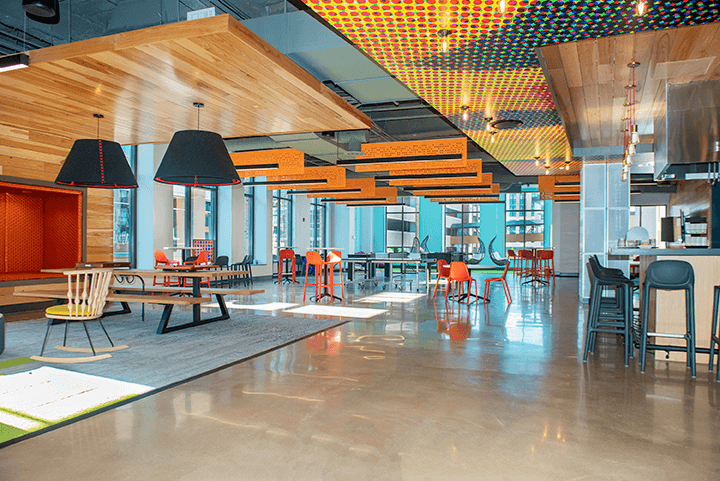How to outlast the trends

From the Desk of the COO
Trends are constantly evolving and changing, especially in today’s fast-paced world. The fashion and food industries not only follow what’s trending in order to achieve success, but also rely heavily on these social cues in decision-making. The real estate industry on the other hand requires more foresight and innovation, demanding a culture of trend-setting rather than following … if you want to be successful that is.
When researching a potential project, we’re never looking simply at how we can develop the asset for a month or even a year, but instead we have our sights set five, ten, or even twenty years down the road. What will suffice now will most likely not suffice then and we need to be cognizant of that. Being proactive in identifying the inefficiencies of the current market and adaptive to public sentiment is key in staying ahead of the curve as trends continue to shift and evolve.
In order to stay relevant and present in real estate, my father and I are constantly reading, discussing, and analyzing every aspect of our industry from technology to lifestyle in order to gain valuable insight. We are meeting with people from every sector of business, gleaning information at every turn in an effort to help not only ascertain what is currently on trend, but also develop ideas and execution strategies to implement concepts which will become the norm in our industry in the coming years and decades.
Unlike a clothing piece or food combination, where piloting a new trend is relatively quick and easy to execute, real estate commands a more disciplined, patient approach. Constructing a physical edifice and creating a conceptualized space takes time and must exercise a certain extent of freedom to evolve with the changes of the modern world in accordance with what the public desires. As e-commerce and traditional retail begin to collide, our ways of thinking about and operating shopping centers, and in turn real estate projects, have shifted dramatically.
We are constantly making dualistic business decisions based on both the sentiment of the status quo as well as what we can forecast, to the best of our abilities, will delight future consumers. Each day is an exercise in learning from the successes and failures of our current operations and coming up with new ways to improve future experiences. Finding new ways to execute events at our shopping centers, create ideal urban living spaces, and develop adaptable residential properties where spaces are highly conducive and flexible to fit the lifestyle of those calling it home is crucial for sustained future growth.
We have seen that the notion of suburban living with a white picket fence, a shopping mall selling your sneakers, and a grocery store around the corner is no longer relevant. Similarly, the increase in take out and door-to-door delivery has resulted in a decreased need for larger dining rooms (or dining rooms at all) and operating kitchens. As a result, we have focused on creating malleable, adaptable spaces that steer away from being too customized or constricted in order to better accommodate various lifestyles and align with forthcoming trends.
Finding those inefficiencies in the market is essential for us to understand and anticipate what’s next. At the end of the day, trends are fleeting and will constantly change regardless of if you follow them or not. So, you must always keep any eye on the future and be willing to adapt and evolve in order to create success. Luckily, I never follow trends much anyway, which may not help me in the fashion department … but it certainly helps me in the real estate industry. 

Sincerely,
Ezra Stark, Chief Operating Officer
Stark Enterprises is a full-service real estate development company headquartered in Cleveland, Ohio with the highest level of expertise in acquisition, development, leasing, property management, construction, architectural design, landscape architecture, marketing, and security. Currently, Stark Enterprises owns 30+ properties across seven states, including Crocker Park in Westlake, Ohio, Solstice in Los Angeles, California, The Icon in Downtown Pittsburgh, Pennsylvania, the Beacon at 515 Euclid Avenue in Cleveland, Ohio, and more.

